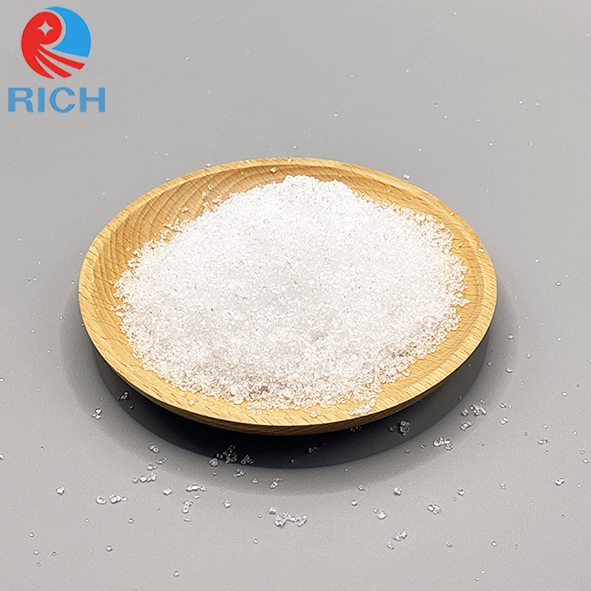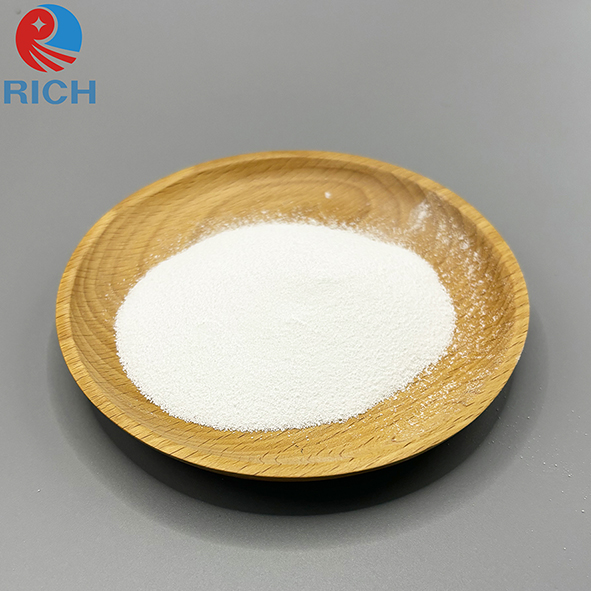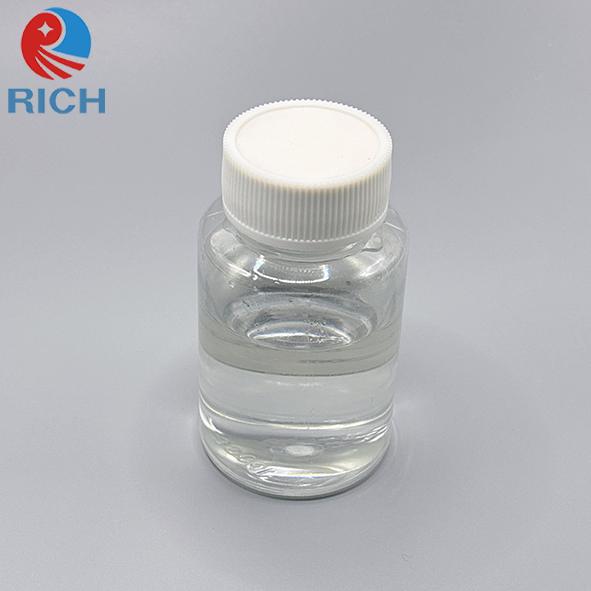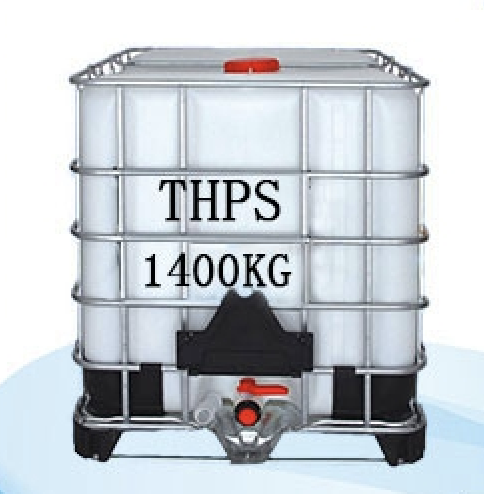Durable flame retardant for textile, THPC and THPC-U
Durable flame retardant for textile, THPC and THPC-U is well-known by Proban processing, finished fabric can hold favorable retardancy after 50 times washing, the fire retardancy of finished fabric can reach B1 grade according to GB 17591—2006.
PROBAN is a durable flame retardant for post-treatment of cellulose fibers and their blends. Its main chemical component is tetrakis hydroxymethyl Phosphonium chloride (THPC). The process of using PROBAN is: dip rolling drying ammonia fumigation oxidation water washing.
For more information pls contact us: wuting@shrichgroup.com, mob/whatsapp: +86 13166102802
Durability of PROBAN Flame Retardant Fabric
PROBAN flame retardant is a small water-soluble molecule at first, so it is easy to immerse into cellulose fibers After ammonia fumigation, small RORAN molecules immersed in the cellulose fiber are cross-linked into water-insoluble polymer molecules, which are permanently stuck in the fiber.
After PROBAN treatment, the content of phosphorus (P) and nitrogen (N) elements in the fabric can be accurately tested to determine how much PROBAN flame retardant is on the fabric. Changes of P and N values of pure cotton sheets treated with PROBAN during 200 times of washing. In the previous washing, the P and N values decreased significantly, because the PROBAN polymer on the surface of the fabric was washed away, while in the subsequent washing, the P and N values decreased very little, which was caused by the wear of the fabric during the washing process. However, it was not appropriate to use the washing powder containing soap powder after washing. The use of sodium hypochlorite bleach should also be avoided.
In a word, as long as the precautions for washing are followed, the flame retardancy of the fabric treated with PROBAN will effectively maintain its long-term flame retardancy.
Suggested Formulation:
270 - 650 g/l THPC-U
20 - 60 g/l Softener
2 - 4 g/l AEO
Rolling liquid rate: about 80%
Drying: 100 - 130 ° C
Processing:

Recommended Posts
-
biocide THPS75%, widely used in oil drilling field and water treatment field. Package: 1400kg/IBC, 18IBCs/20'FCL 250kg/Drum, 4 drums/pallet, 80drums/20'FCL
-
the overseas team including their boss, technical engineer and purchase manager visited our Phosphates factory which mainly manufacture Yellow phosphorous, sodium hypophosphite (SHPP), Tetrakis Hydroxmethyl phosphonium sulphate (THPS), Tetrakis Hydroxmethyl phosphonium Chloride (THPC), Tetrakis Hydroxmethyl phosphonium Chloride -Urea(THPC-U), etc.
-
Sodium tripolyphosphate serves as a highly important additive in ceramic production, with its role extending far beyond a single function. Through its unique chemical properties, it effectively operates in multiple critical stages, significantly improving both the production process and the performance of the final product. As a long-proven and highly effective ceramic additive, the following outlines its main functions, mechanisms, and considerations: Core Functions & Mechanisms 1. As an Efficient Dewatering Agent and Dispersant This is the most important and widespread application of STPP in ceramic manufacturing. Mechanism of Action: Clay particles in ceramic slurries typically carry a negative charge but tend to attract each other, forming a "flocculated" structure that traps a large amount of free water. This leads to poor slurry fluidity and h...














